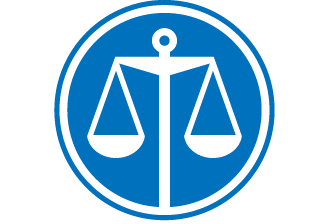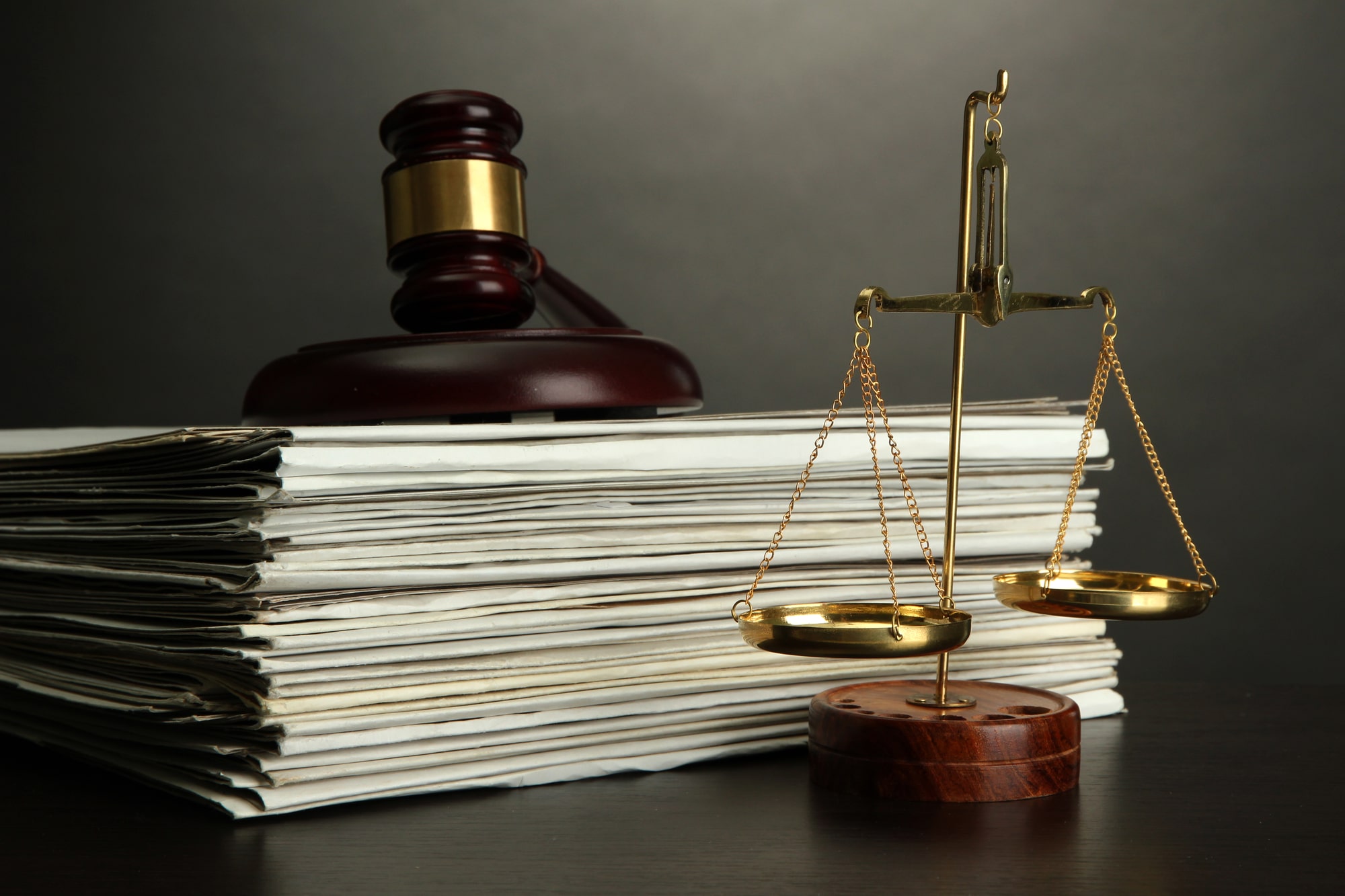Bankruptcy can be a daunting process, but understanding the basics of Chapter 7 bankruptcy is the first step toward a fresh financial start. Chapter 7, often referred to as liquidation bankruptcy, is designed to help individuals and some businesses eliminate their unsecured debts, such as credit card balances and medical bills. According to The Law Offices of Neil Crane, this type of bankruptcy is suitable for those who don’t have a significant amount of assets and are looking for a way to reset their financial situation.
Eligibility Criteria For Chapter 7 Bankruptcy
The eligibility for filing Chapter 7 bankruptcy is primarily determined by the means test, which assesses your income and expenses. This test compares your average monthly income for the six months before filing against the median income for a household of your size in your state. If your income is below the median, you qualify. If it’s above, additional calculations will determine if you can file for Chapter 7 or if you need to consider Chapter 13 bankruptcy.
The Process Of Filing For Chapter 7
Filing for Chapter 7 bankruptcy involves several key steps. Firstly, it’s crucial to gather all your financial documents, including debts, income sources, and assets. This information will be used to fill out the necessary bankruptcy forms. Before filing, you will also need to complete a credit counseling course from an approved agency. Once you file your petition and accompanying documents with the bankruptcy court, an automatic stay will be put in place, temporarily stopping most creditors from pursuing collection actions against you.
The Role Of The Bankruptcy Trustee
After filing, the court appoints a bankruptcy trustee to oversee your case. The trustee’s role is to review your financial information, sell any non-exempt assets, and distribute the proceeds to your creditors. It’s important to understand that while Chapter 7 may lead to the loss of certain assets, many types of property are protected under state or federal exemptions.
Meeting Of Creditors
One of the critical stages in the bankruptcy process is the meeting of creditors, also known as the 341 meeting. During this meeting, the trustee and your creditors will ask you questions about your bankruptcy forms and financial situation. As intimidating as it may sound, this meeting is usually straightforward and short, especially if you’ve been thorough and honest in your paperwork.
Life After Chapter 7 Bankruptcy
Completing a Chapter 7 bankruptcy typically leads to a discharge of most of your unsecured debts, meaning you’re no longer legally required to pay them. This discharge usually happens about four to six months after filing the initial petition. It’s important to note that certain debts, like student loans, child support, and some tax obligations, are not dischargeable in bankruptcy.
Rebuilding Your Credit
After your bankruptcy is discharged, it’s crucial to focus on rebuilding your credit. This can be done by creating and sticking to a budget, saving money, and using credit responsibly. Secured credit cards or small installment loans can be effective tools for rebuilding credit, as long as payments are made on time and balances are kept low.
Navigating through Chapter 7 bankruptcy might seem overwhelming, but it’s a viable option for many facing severe financial hardship. It offers a chance to eliminate overwhelming debt and start anew. However, it’s essential to consider all aspects and consequences before proceeding. Consulting with a knowledgeable Chapter 7 bankruptcy lawyer can provide valuable guidance and help you make informed decisions throughout the process. Bankruptcy is not the end of your financial journey but a stepping stone towards a more secure and stable financial future.

